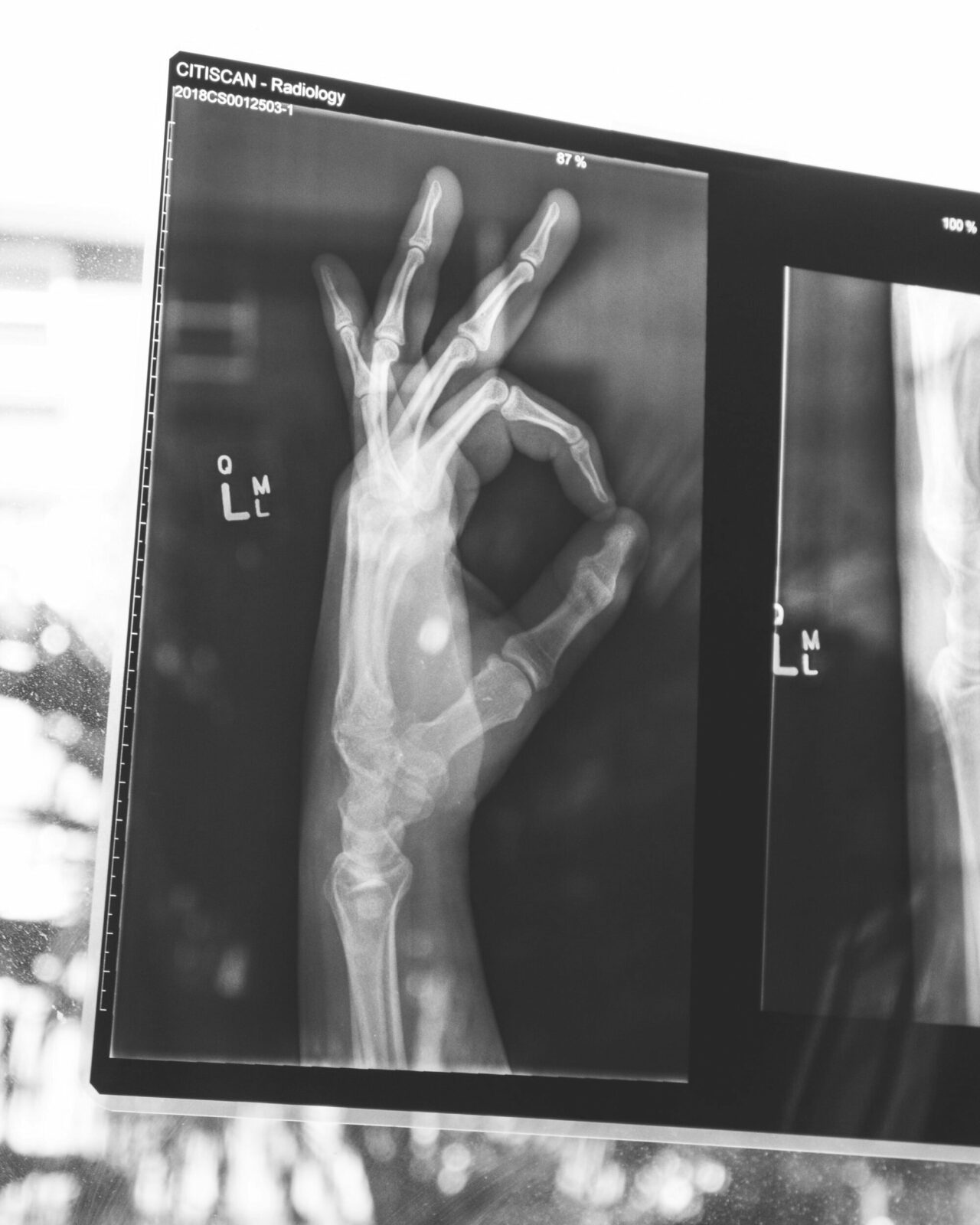LISBETH HOYT, PT, DPT, CSCS.
Stress fracture: the injury that haunts any runner who has ever had one. It is typically due to a combination of factors including poor recovery, lack of sleep, nutritional deficits, mileage changes, and overtraining. Lately, however, we’ve seen an increase in the number of stress fractures and it isn’t because people are running more. In fact, some of them are running less. I’m talking about 15-20 miles per week TOTAL with no tempo or speed work runs. So why is this happening?
For starters, people are more stressed than usual. The American Psychology Association reported in May of 2020 that the average stress level for adults is higher than usual, just in correlation to the pandemic. Fast forward to November with the combination of pandemic uncertainty, remote work/life balance, event cancellations, and a Presidential election, and it’s estimated that stress levels in America are at an all-time high.
Ok, so what does this have to do with running? Physical, emotional, and mental stress all cause the same increase in cortisol levels. Cortisol, also known as the stress hormone, is released during times of stress and helps regulate our bodies’ “fight or flight” response. The body can’t tell the difference between good stress, like exercise, and bad stress, like anything pandemic, related. It doesn’t matter if you’re out for a recreational run or being chased by a bear, the fight or flight response is the same internally. Cortisol increases the amount of sugar (energy) in the blood and narrows arteries, increasing both heart rate and blood pressure. Additionally, it suppresses functions that are not essential in a fight or flight situation, such as the digestive and reproductive systems. This systemic activation allows our body to appropriately respond to the threatening stimuli at hand.
The stress response is usually self-limiting. Once the perceived “threat” has passed, hormone levels return to their normal baseline. The problem is when cortisol remains elevated for long periods of time, causing the fight or flight response to stay active, disrupting our bodies’ normal processes. Which brings us to running in 2020.
Many of us use running as a form of stress relief. However, if we start a run with already elevated stress levels, this can impact how we feel during the run and subsequently our recovery afterward. If we do this every once in a while, the body can usually catch up and recover in a few days. But when stress levels don’t return to baseline, the body fails to perform these recovery processes. Chronically high cortisol levels lead to an array of problems including increased blood pressure, suppressed immune system response, and difficulty recovering from exercise. Poor recovery includes our normal bone remodeling processes, which can’t occur properly in times of high stress. Poor bone remodeling + stress = stress fracture.
Moral of the story: acknowledge the stressors in your life, both the good and the bad. And if something doesn’t feel right while running, don’t ignore it!

